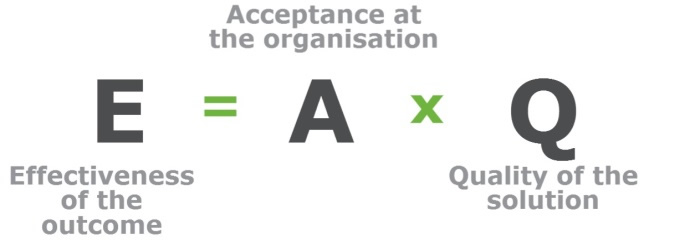- Philippa McIntosh
- February 15th, 2016
Change management may seem like a new thing, but the importance of it has been building for years. Business transformation has become the norm in the past decade, and perhaps even further back. The global economic crash in the late 2000s had an immeasurable impact on organisations around the world, leading to layoffs, belt tightening and ‘efficiency’ initiatives.
At the same time technological advances have had their own entirely separate disruptive effect on businesses around the world. The advent of mobile technology, digital marketing, social media and the internet of things have completely changed how we talk to customers and how businesses talk to us. Our relationship with the world is now built around technology, and that change has only happened in the past ten to 15 years.
To succeed in this perpetually shifting business landscape, organisations have had to make tough decisions and employees have become used to the constant change. However, this does not mean they welcome it, particularly when so called ‘lean initiatives’ are often a poor cover for redundancies.
Businesses are about people
What can be easy to forget when organisations consider the necessity of a Business Improvement implementation is that its employees are its largest asset. A motivated, engaged and secure workforce will be more open to change and more willing to adopt the improvements in the long term.
However, what we often witness, is a very narrow focus on the way businesses intend to improve their processes, productivity and output with limited thought given to the staff who will be facing those changes. That is not to say that the change may not be necessary, but it is absolutely essential to have employee buy-in if a scheme is to be successful.
We often teach that the success of your Business Improvement initiative is down to how well you plan your change management. This is because overall success is equally dependant on the quality of the solution and the level of acceptance within the business.
No matter how fantastic a new approach is, it simply will not have the desired impact if the staff do not accept it and are not motivated to do it.
Legitimate fears of change
One of the key reasons people resist change is due to fear. The fear could be of any number of things, fear of job security, fear that their job will change and they’ll no longer enjoy it, fear that the customer experience could be damaged or fear that change agents will humiliate or expose them by highlighting inadequacies.
Most of the time these fears are perfectly legitimate and must be addressed in order to move on. If, for example, an organisation has tried Lean in the past and it simply lead to redundancies then you would expect employees to have concerns about a new Lean initiative. A proliferation of these fake Lean initiatives have damaged the perception people have. Those concerns must be addressed by explaining that Lean is not a cover for layoffs and should cut costs by increasing efficiency rather than reducing headcount. Failing to tackle the concerns head on, and assuage those fears, will lead to resistance which can be passive or could actively undermine the efforts of the improvement team.
Another issue could be that efficiency measures will highlight that people have been doing things wrong or inefficiently. This can be worrying as no one likes to be shown up, particularly in a professional setting. This concern also has to be tackled head on. Moving to increase efficiency is not about ridiculing the way it was already done because individuals don’t go to work to intentionally do a bad job; most just do the very best they can in the circumstances. Businesses must focus on reminding people to look forward, not dwell on past mistakes.

Managing expectations
One of the most important aspects to change management is that it allows the organisation to manage the expectations of the workforce. A segment of the staff could be excited initially and then become frustrated and demotivated if they feel change is not happening quickly enough, on the flip side other employees could feel that change is happening much faster than they expected.
Managing expectations from the start can prevent the dip in acceptance and buy-in that comes when people feel an initiative is not going as they expected or wanted.
However, another key aspect is the importance of continuing change – and this is particularly important for management level staff. Many improvement programmes fail because they are considered as a single programme with a start and finish, with work returning to normal afterwards. But for initiatives to be successful, they require a change in management style and culture so that everyone is always looking for ways to improve.
Preparing both staff and managers about what to expect and what is expected from them can prevent people becoming disgruntled and put out as the programme progresses.
Guiding the way
Some resistance to any change can be good, as it can force businesses to consider potential problems they’d perhaps not recognised at first. However, unanticipated and unaddressed resistance can completely derail an improvement initiative. It is important that any business transformation is guided by a change management programme that will provide the mutual channels for communication and keep everyone engaged with change.
Speak to us today about how we can help you with change management so that your improvement initiative runs more smoothly and has a higher chance of success.



